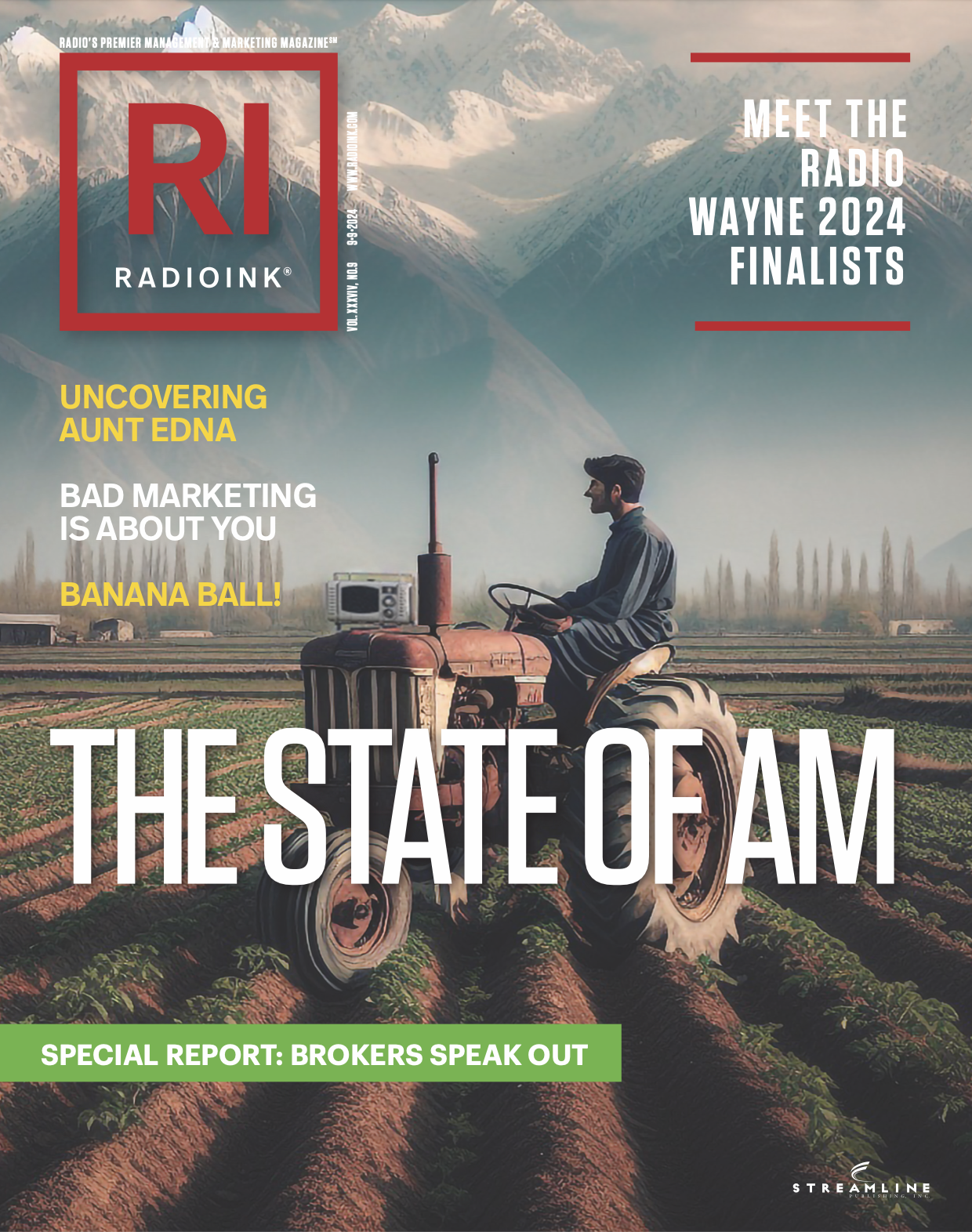
In August, BIA Advisory Services released its first US Local Advertising Forecast for 2025. Now the company’s analysts are digging into specifics, offering new strategies to help radio operators get ahead of competitors in all marketplaces for the year ahead.
BIA Managing Director Rick Ducey and VP of Forecasting and Analysis Nicole Ovadia sat down with RAB’s Jeff Schmidt to outline key strategies that radio stations should consider for 2025.
According to Ducey, one of the most significant developments for radio is the Federal Communications Commission’s recent approval of over-the-air geotargeting for FM stations. This regulatory shift allows radio stations to deliver content and advertisements tailored to specific geographic areas within their broader broadcast range.
Ducey says geotargeting enables radio stations to appeal to local businesses that may have previously found market-wide advertising cost-prohibitive, adding “Being able to do over-the-air geotargeting lets you sell smaller geographies to advertisers so you can have more demand.” Even national or larger regional advertisers seek to benefit from geotargeting by delivering different messages to different areas. Ducey noted, “More than half of both Main Street and the national businesses are very interested in using radio for geotargeting in the audio medium.”
By utilizing this technology and the ability to sell OTT digital video, BIA believes broadcasters can now go toe-to-toe with direct mail – one of the largest revenue areas in marketing.
In her talk, Nicole Ovadia emphasized the importance of concentrating efforts on three key industry verticals poised for growth: “One of the things I want to leave you with is the Three R’s that we’re talking about for 2025: Retail, Restaurants, and Real Estate. Those are my biggies for moving into 2025.”
The retail sector is experiencing a shift toward continuous consumer engagement, moving away from traditional seasonal peaks. Ovadia observed. “Retail is becoming a 12-month vertical, not just a holiday thing anymore. People are buying holiday gifts throughout the year. Amazon has changed the way that we buy.”
She added, “Full-service restaurants actually haven’t recovered since the pandemic… as the labor market is showing signs of tightening up, that’s helpful for restaurants because they are able to find employees more easily.”
Finally, the real estate industry is ripe for innovative advertising approaches, particularly through video content. Ovadia highlighted, “I believe that real estate is poised to take advantage of video advertising like never before… you could shoot a 30-second commercial giving a little virtual tour of an apartment or a house and then put it on CTV and OTT.”
By expanding services to include video content creation and distribution on platforms like Connected TV and Over-The-Top, radio stations can offer comprehensive advertising solutions to real estate clients.









